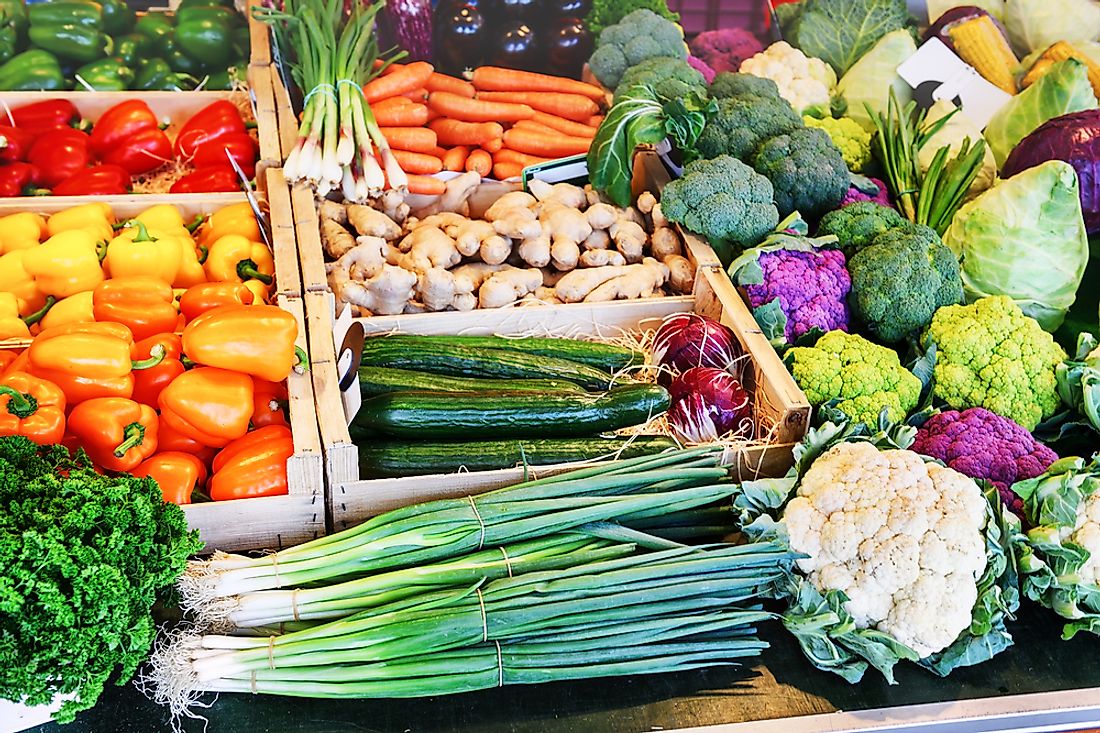What is a Food Mile?

What is a Food Mile?
A food mile can be defined as the distance that food travels from the manufacturing point to the end user. The idea of food miles was coined in the 1990's by Professor Tim Lang who worked in one of the agricultural alliances in the United Kingdom. The first time the words “food miles” were used was in a food report that was carried out and recorded by a scholar named Angela Paxton.
Importance of Food Miles
There are three main reasons why food miles are deemed important. Firstly, food miles help in measuring food sustainability. Secondly, food exports provide finances which farmers use to educate their children and earn a living. Thirdly, food miles help in provision of a variety of food products for consumers. This is due to the fact that different types of foods are imported by countries from other countries. For example, the United States imports dairy, eggs, meat, fish, and fruits from New Zealand because it produces extra quantities. This allows countries to produce more of something that another country has a limited quantity of which has led to comparative and absolute advantage in international trade.
The Calculation of Food Miles
A food mile is calculated by taking the distance traveled by each food ingredient and multiplying it by the quantity of the carbon that is produced by the type of transport used. The result of this calculation has the disadvantage of not being able to indicate whether or not the food product is sustainable.
Ways of Reducing the Environmental Impact of Food Miles on the Environment
The transport of food from one country to another leads to an increase in global warming. The impact of food miles on the environment can be reduced by buying locally grown produce. When one shops locally, air pollution also decreases. If possible, families are encouraged to leave their cars at home when they go shopping. Consumers could also buy organic rather than inorganic produce. Additionally, it is more sustainable and economically viable to sell local foods through supermarkets instead of at farmers markets. Using minimal food packaging, and transporting by sea or rail also reduces the impact of food miles. However, transporting products by sea or rail is usually not applicable because most products are perishable. Faster means of transport such as air is used to prevent food from getting spoilt while in transit.
Criticism of Food Miles
Critics of food miles have observed that the calculation of food miles does not include the method used in the production of food at the factories. It also neglects the amount of energy used at the production level. They believe that these should be included in the calculation of food miles. Critics also state that the approach taken in assessment of food miles often omits the aspect of the local transport of food that is commonly referred to as “local loop.” Critics also consider life cycle analysis as a better way of measuring the environmental impact of food consumed than food miles.











